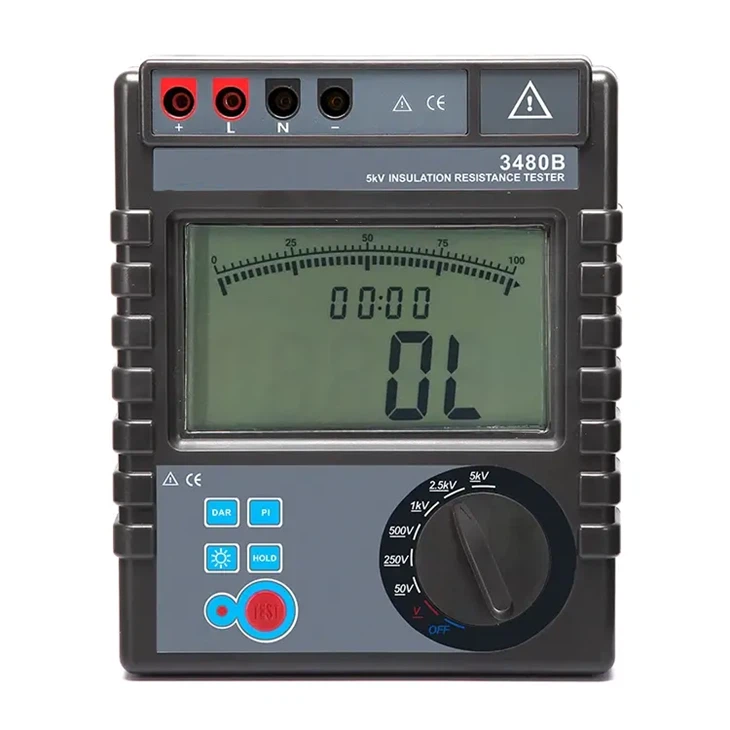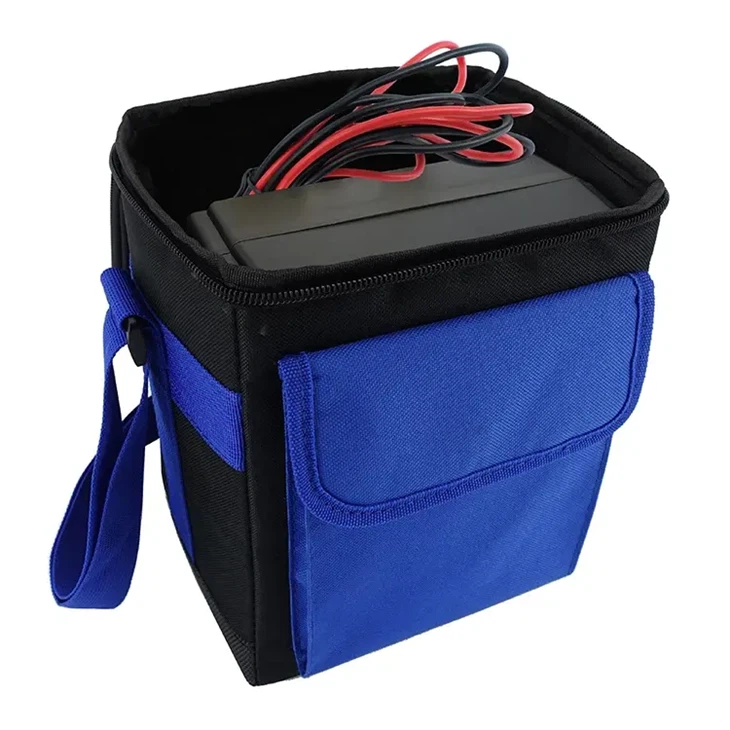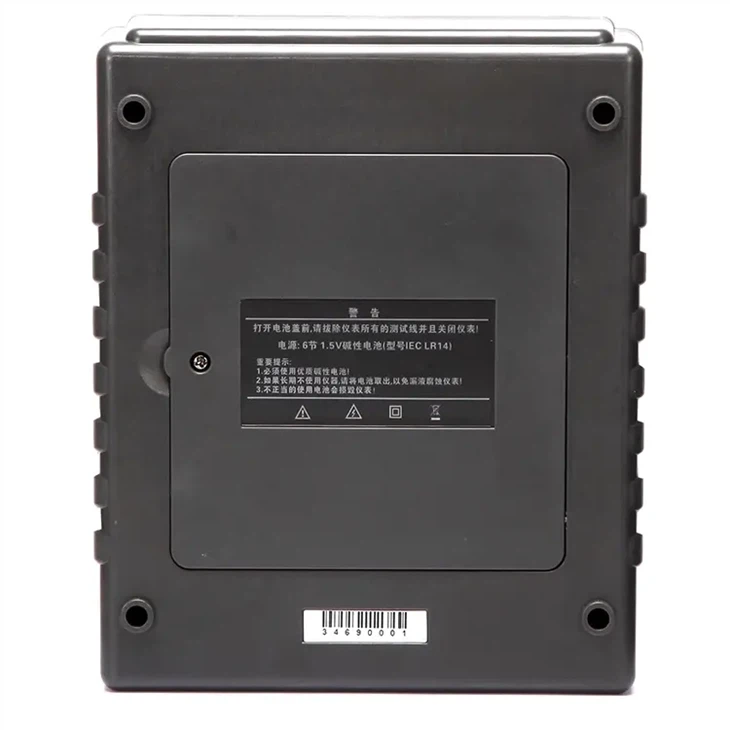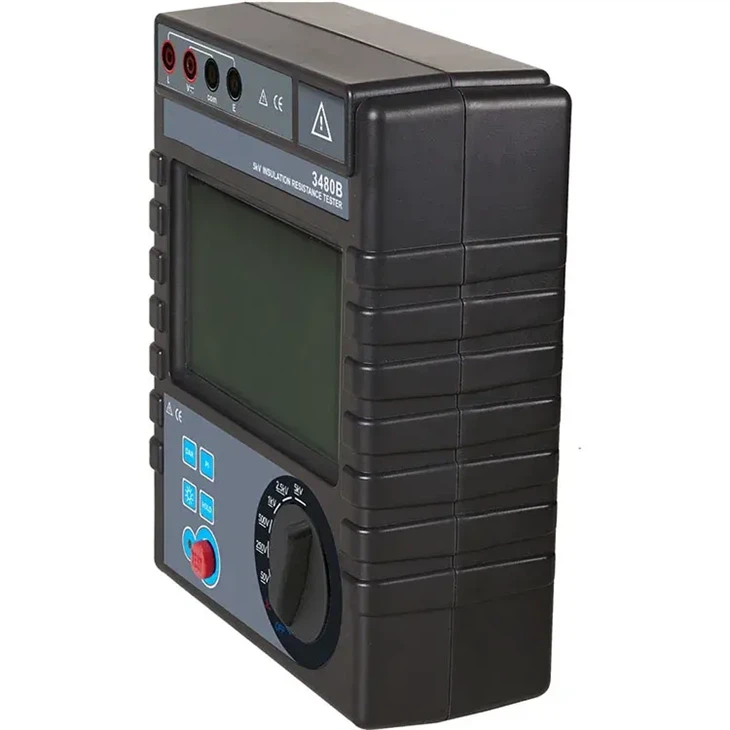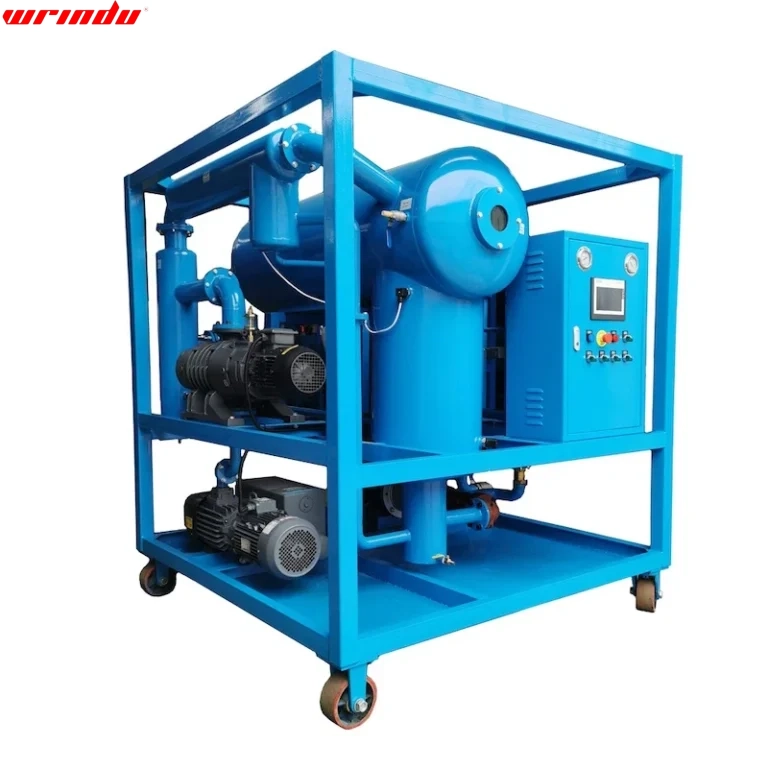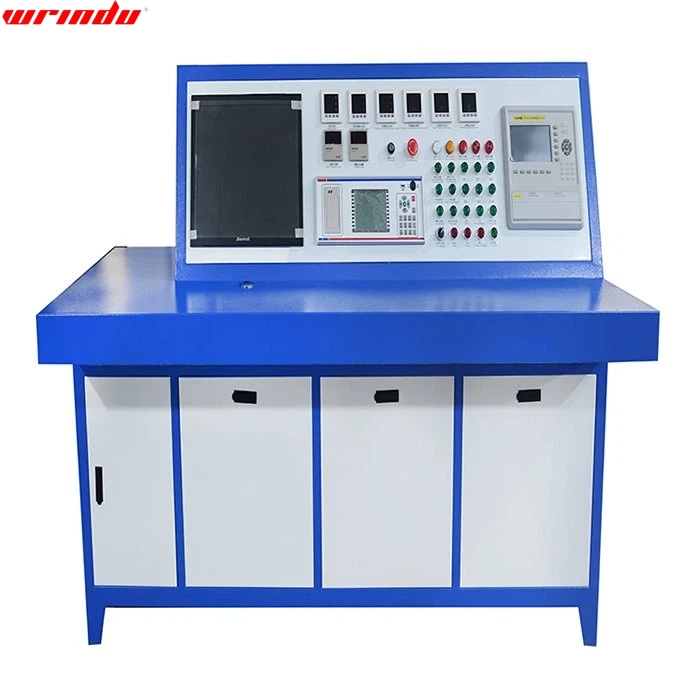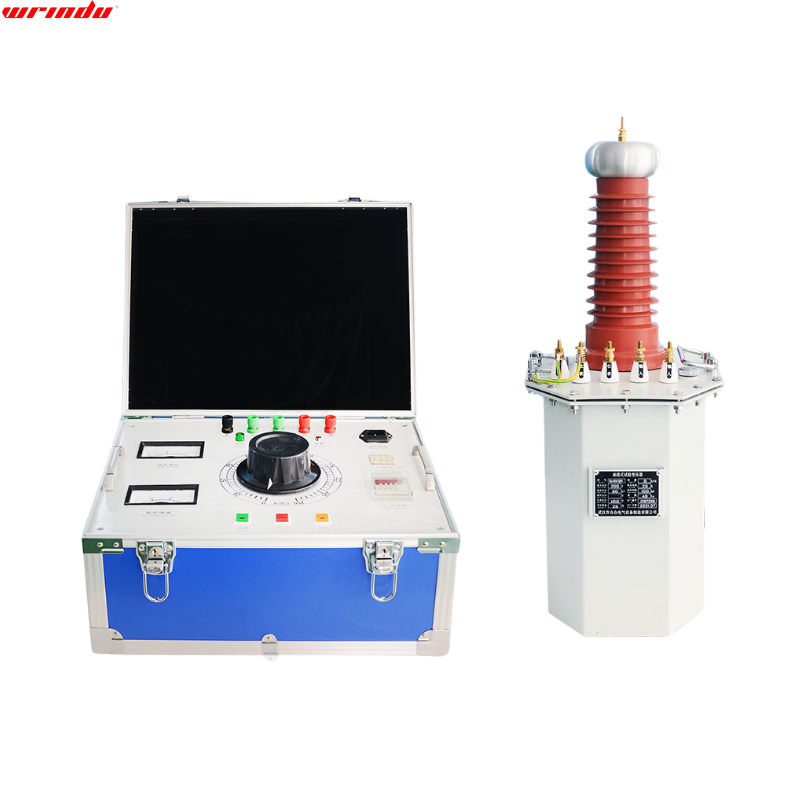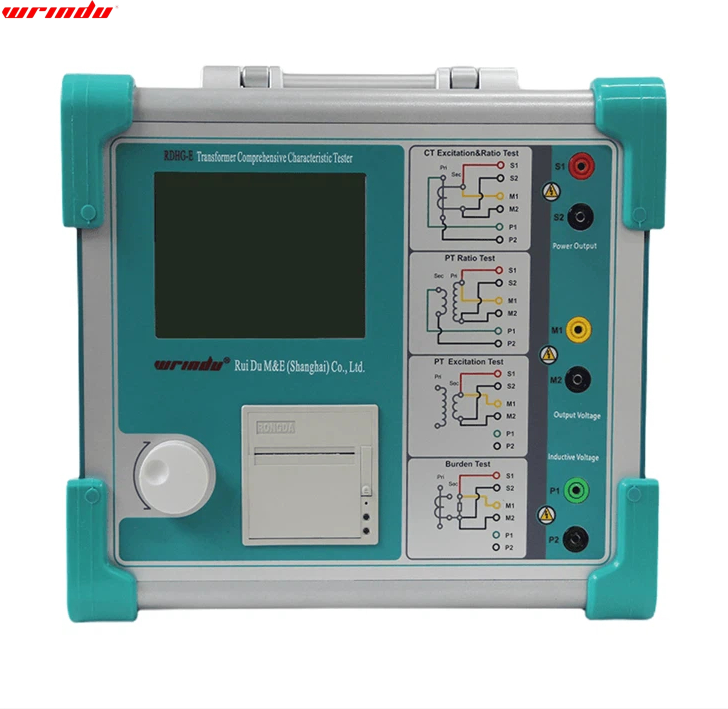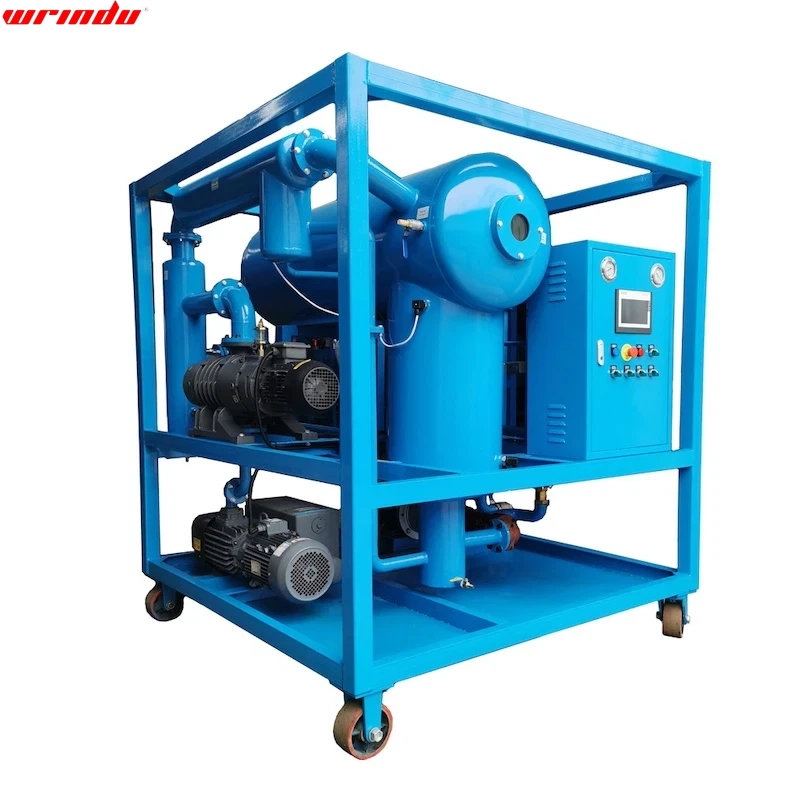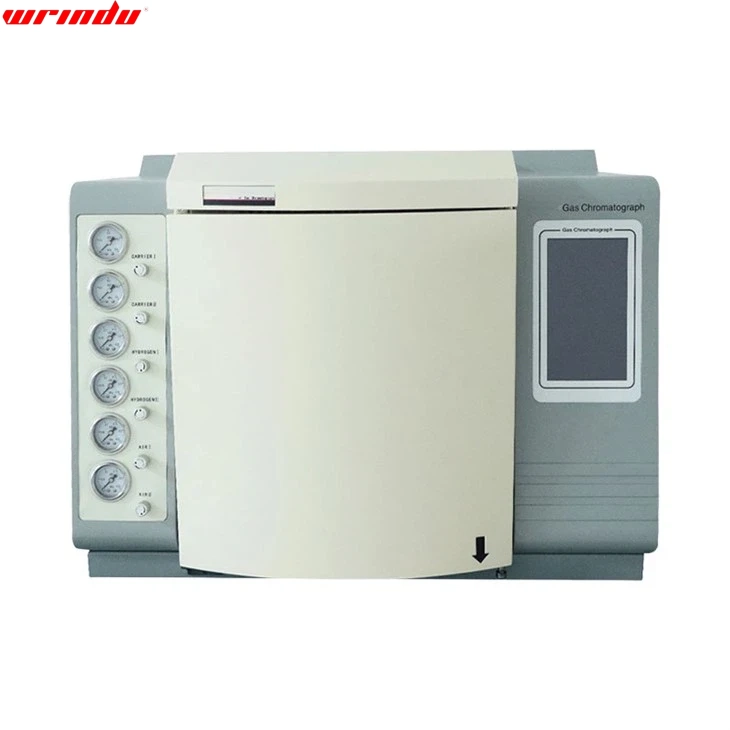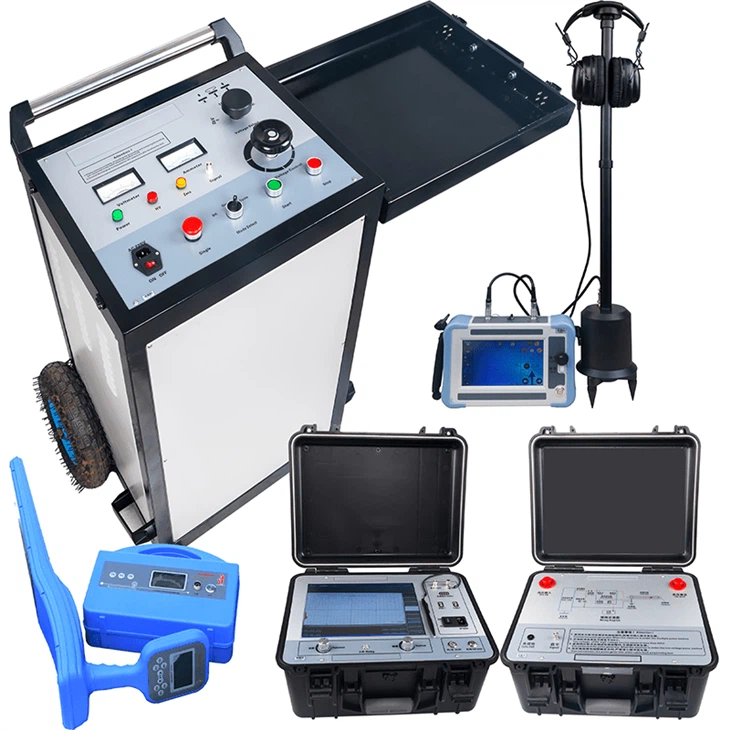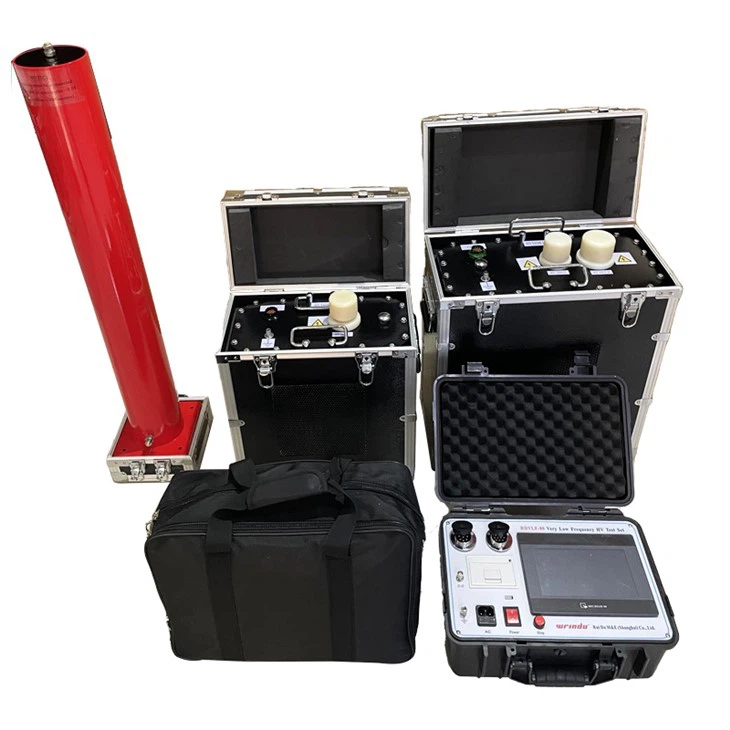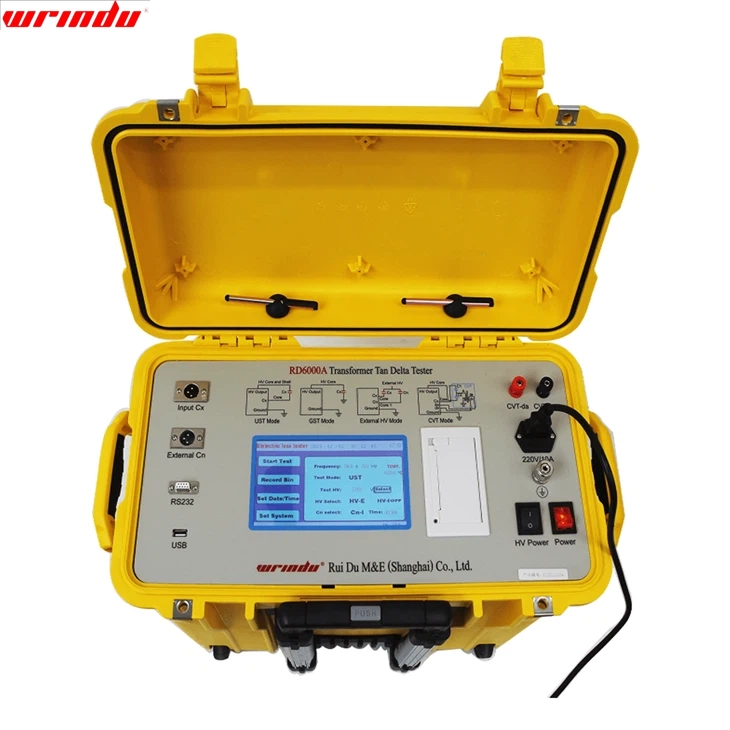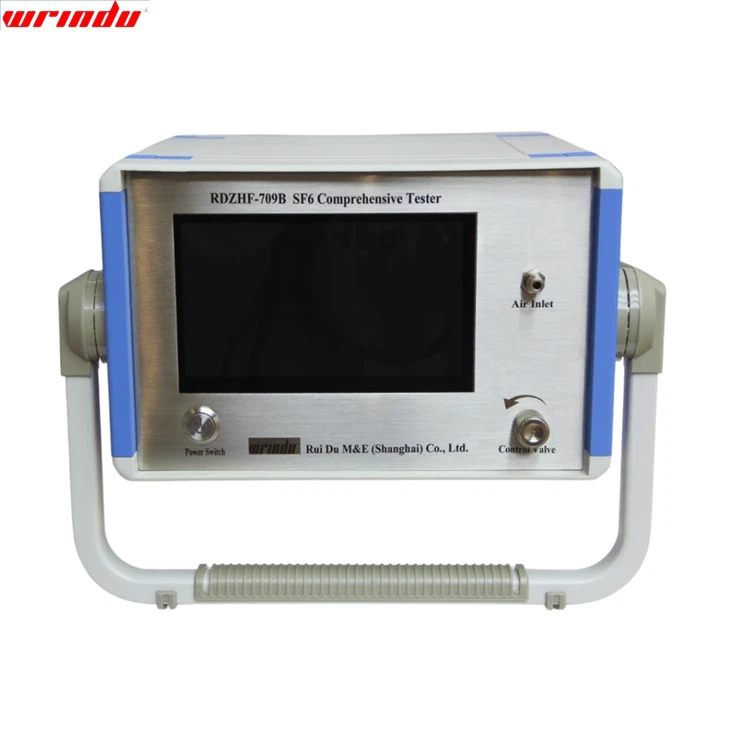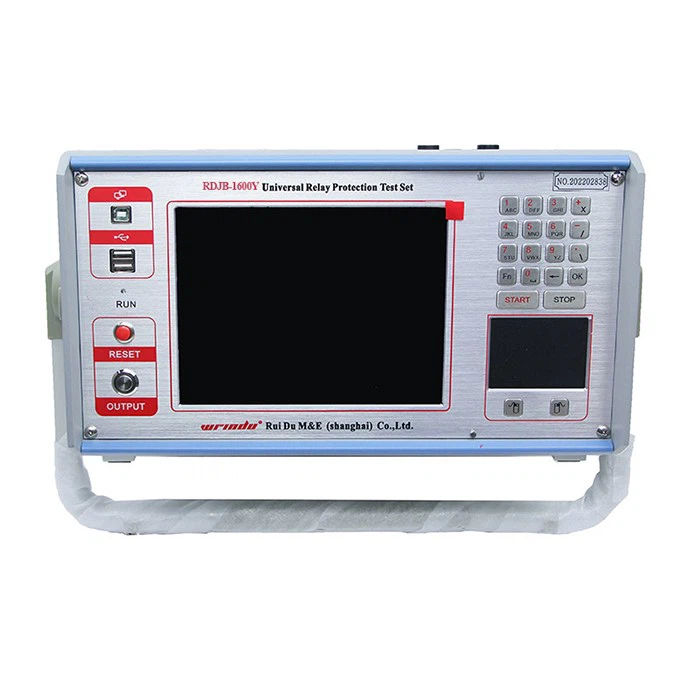OVERVIEW
Our digital insulation resistance tester is a high-performance digital instrument specially designed for insulation resistance testing. This instrument is equipped with a large-screen LCD and supports backlight function. It also has convenient functions such as data retention and automatic shutdown. During the test process, the insulation resistance value, test time, and output voltage can be displayed on the screen simultaneously. In addition, it also has the function of measuring AC and DC voltage. The maximum output voltage of the instrument can reach 5000V, the maximum test resistance is 400GΩ, and the short-circuit current can reach 2mA. It is widely used in resistance value testing of various insulation materials and insulation resistance measurement of transformers, motors, cables, and electrical equipment. It can be called a robust, stable, and reliable professional testing tool.
CHARACTERISTIC
- 1. The digital insulation resistance tester has a beautiful design, wide measuring range, high accuracy, and excellent resolution.
- 2. Simple and convenient operation, easy to carry, accurate and reliable measurement results, stable performance, and strong anti-interference ability.
- 3. It adopts shockproof, dustproof, and moisture-proof structural design.
- 4. Equipped with backlight display, automatic discharge, automatic shutdown, and data retention functions.
For more information about insulation resistance testers, please click More.
To request the latest quotes, please click Contact Us.
FAQ
Q: What is the minimum insulation resistance for 230v?
A: For installations or circuits with a 230V or 400V test voltage, the minimum insulation resistance should be 1 megohm (1,000,000 ohms). If the combined resistance for all circuits is 2 megohms or less, further investigation is necessary to identify and address individual circuits causing the low readings.
Q: How do I select the voltage test for an insulation test?
A: Typically, testing insulation at approximately double the equipment’s rated voltage is advisable. For instance, equipment rated at 460V to 600V is often tested at 1000V. This practice ensures a comprehensive evaluation of insulation integrity.
Q: What is the insulation resistance test voltage for a 400V installation?
A: For a 400V installation, the insulation resistance test voltage is often selected based on industry standards and common practices. As a general guideline, a test voltage of 500V is frequently used. This choice allows for a comprehensive assessment of insulation integrity.
Q: What are the methods of insulation testing?
A: Insulation testing methods include:
1. Megohmmeter Test: Measures insulation resistance using high-voltage DC.
2. Polarization Index (PI) Test: Evaluates insulation stability over time.
3. Dielectric Absorption Ratio (DAR) Test: Assesses insulation recovery after short-duration voltage.
4. Step Voltage Test: Identifies insulation weaknesses with increasing voltages.
5. DC Hipot Test: Applies high voltage briefly to assess insulation withstand capability.
6. Thermal Imaging: Uses infrared cameras to detect temperature variations in insulation.




